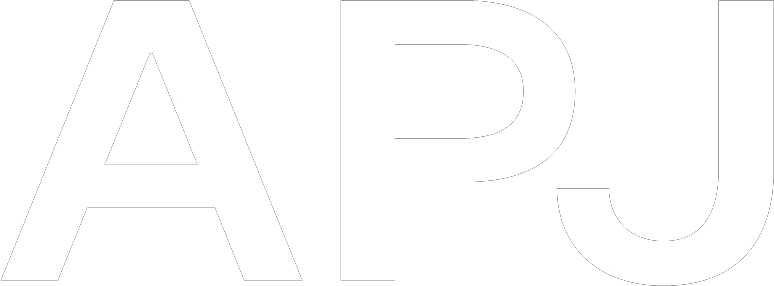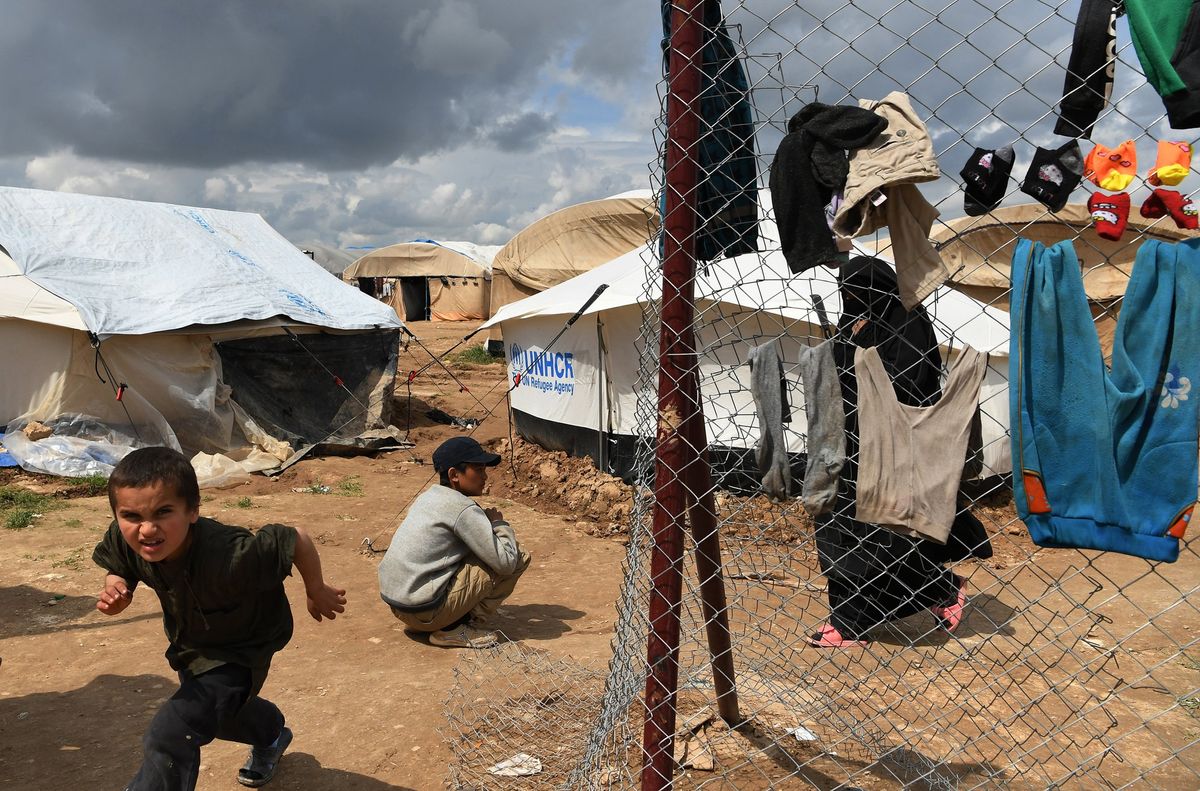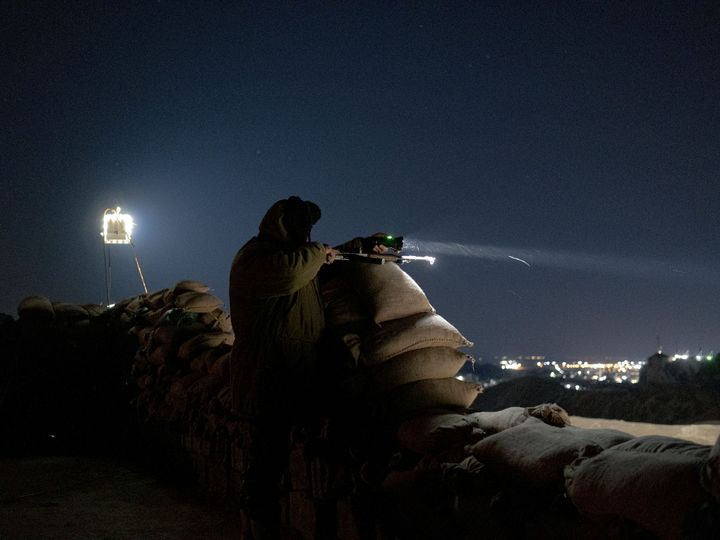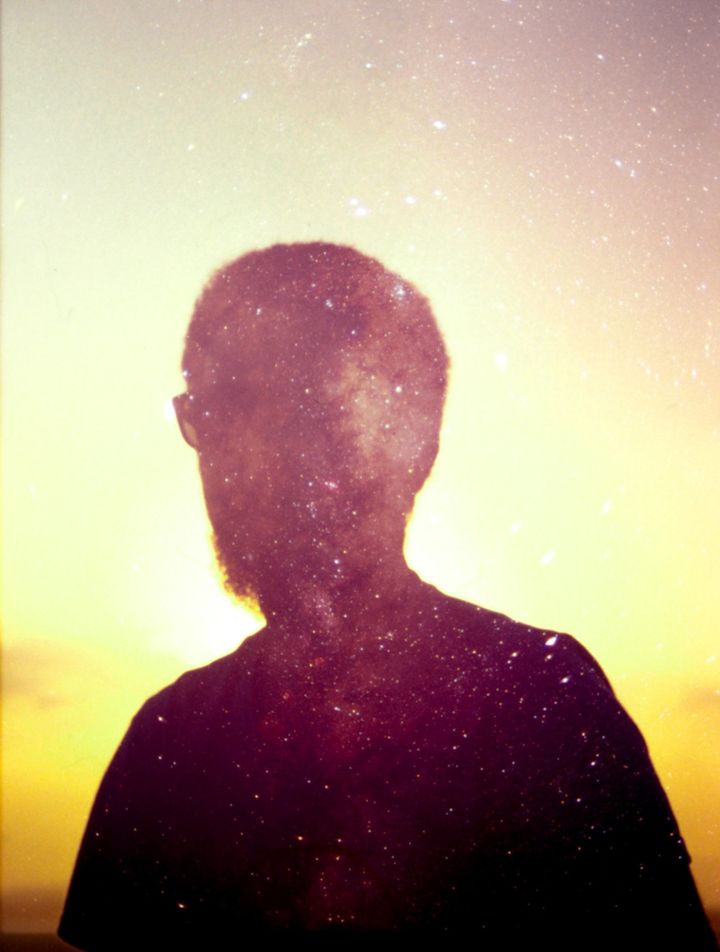Images of war are often synonymous with death and rubble, the destruction of entire cities and the victimisation of many, leaving us feeling distant and helpless. While the collective history of conflict images has often seen these descriptions reiterated in visual tropes, photography also has the power to cut through the dust and detritus, with more transcendent images having an ability to relate to us the real human cost of conflict.
Covering war, natural disasters, invasions, and gaining access to elusive world leaders, Australian photojournalist Kate Geraghty has bore witness to an array of the most important and defining stories of our age. From early in her career when deployed to cover the 2003 invasion of Iraq, the Lebanon war and Syria, to today, where she covered the 2019/20 devastating bushfire season and our battle to contain COVID-19 across hospital wards in Sydney.
A long-serving staffer at the Sydney Morning Herald, Geraghty is an eight-time Walkley award winner, including the 2017 Walkley awards where she was recognised as both the Nikon-Walkley Press Photographer of the Year along with the Gold Walkley – becoming the second photographer ever to have received this honour for her collaborative coverage with journalist Michael Bachelard of the war in Mosul.
The APJ spoke with Geraghty about the critical role journalism plays in recording the testimonies of war crimes, her thoughts on the shifting media landscape and in the process looked back on the career of one of the most dedicated photojournalists Australia has ever produced.
So, let’s start at the beginning; why did you decide to pick up a camera and become a photojournalist?
I studied photography at university in Western Australia, scientific photography actually. When I was a child, I wanted to be a journalist and then fell in love with photography through high school. So, for me, photojournalism is the marriage of both loves, of telling people’s stories and taking photographs. The Border Mail was my first job as a cadet, and then I did some freelance work in Sydney for six months before I was taken on by the Sydney Morning Herald in 2002.
Looking at your career timeline, quite soon after starting at the Herald you were being deployed on some very serious and defining stories. Can you talk me through this shift from local photographer to covering international events?
Well, I remember when I was at uni, East Timor was bubbling away in ‘97 and ‘98, and I was desperate to go there. I was so interested in what was happening, or what was potentially going to happen. I’ve always had that interest. In my holidays at the Border Mail, I had gone to East Timor to not only see if I could cover the story, but also test myself to see if I could hack this kind of work, and it got under my skin. I knew I’d found what I wanted to do and what I wanted to focus on.
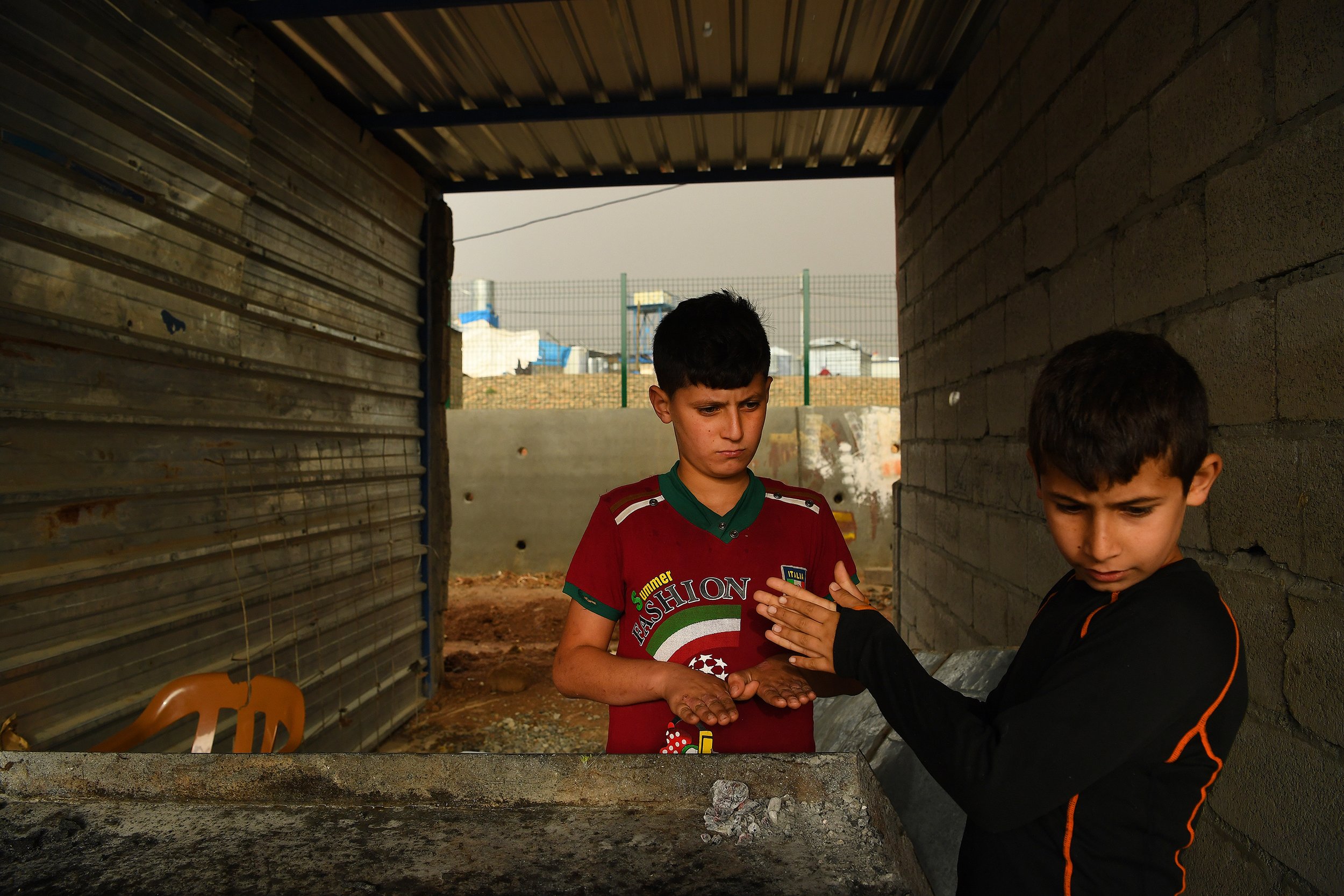
© Kate Geraghty
I went twice. The first time was during my holidays from the Border Mail and I hooked up with an NGO there. And the second time I went, in early 2000, the Border Mail sent a journalist with me. Both times it was published in the Border Mail. There were many Australian army bases near Albury, so the reach was, not just of national interest, but stirred a lot of local interest as well.
After I started at the Herald, within months the Bali bombing happened, and I was sent to cover the aftermath. We had quite a large team of photographers and journos that were sent to Bali. It was an horrific thing to cover.
So that was October 2002, by February the following year, the Iraq invasion was imminent, so we began training for that; chemical weapon training, hostile environment training, we were getting prepared for an eventual invasion. That war was the first conflict I’d ever covered. And I was there for three months, and that was — Jesus Christ — that was something else. It was one hell of an eye-opener, and nothing could prepare me for that. I remember driving along and all the English names of towns on the road signs were painted over so it was only Arabic. I needed to learn this language. So that became a side project.
Straight after Iraq, I was sent to the Solomon Islands and then covered the Tsunami aftermath in 2004. After that, it was the Lebanon war in 2006.
There was such a huge difference from covering the Iraqi war to covering the Lebanon war. There was a massive change in technology affecting how we sent and filed stories and also we now had rolling deadlines with websites and the internet. It was non-stop filing.
So just in those few years, so much had changed?
Oh yeah, being able to file was so much easier. But that also meant for the Herald website, everyone was filing to continuous deadlines. And it was a very intense conflict, the Lebanon war. From the things we’d learned in the Iraq war, I was a bit more confident in knowing what to do. Not exactly how to read a war, but that all comes with experience. Like, how to interact with the people, especially building contacts and building networks. Now if I land anywhere in the Middle East within hours people know I’m there.
I spoke with Nick Moir about his coverage of bushfires and how he is more comfortable with that than covering conflict. In his words, you see the best of people helping each other in natural disasters, instead of watching people killing each other in war… What’s your response to that?
In conflict, we see the worst of what humanity can do to each other. But at the same time, I’ve seen incredible acts of kindness and beauty in the most unbearable situations which help to restore your faith in humanity. Even if the worst thing on earth is happening to these people, at this time, in this place, there can be these extraordinary moments of humanity.
Sometimes it’s hard when you meet and talk with people, share a meal with and spend time with their family and then find out the next day they’ve been bombed. It increases your appreciation of your friends and family and what really matters.
How do you personally deal with these heartbreaking situations and sometimes losing people?
I’ve got a great support network, but I also think that what we see, what we witness or go through is nothing compared to the people who have to live there and endure the unimaginable. And if they can conduct themselves with dignity and any possible hope, then who am I to complain. It makes things very crystal clear.
Speaking of trauma and survival, your portraiture series, “No one Knows My Story” about sex slavery survivors from the Democratic Republic of the Congo (DRC) is incredibly powerful and moving. What went into finding these women and amplifying those women’s stories?
I was in the DRC covering the conflict in Kasai, and we heard about the women through local contacts which is how we got onto the story. We talked to local NGOs and found them, and they were brave enough to talk to us.
We walked into this room, it was a two-room building, and there were a dozen women waiting. They had waited all day to each have their turn telling us their stories. It was horror story after horror story. During that time, the world had been shocked and horrified at the Yazidi and Boko-Haram stories, and rightly so, but no one had heard [of the Kasai women’s] stories, no one knew about those women. At the time we’d met them, there were dozens of women still being held in captivity and that was the reason why they had come out, to let the world know what had happened.
So in those instances, as horrifying as those stories are that they’re telling, we are recording the testimonies of war crimes and abuses against humanity, not just for news stories but for the record books.
The journalists I work with, we don’t do this stuff just to say ‘oh look at this news story’. It’s to tell really, really important stories. I mean it’s too cliche to say ‘give a voice to the voiceless’ because that doesn’t even cut it. But those who are covering ISIS for instance or any conflict for that matter, you are recording testimonies of war crimes.
I’ve spoken with a few journalists covering conflict and often I hear they become frustrated that their work doesn’t seem to make any changes, even when it’s of great importance. But, I think, if they weren’t there scrutinising and recording history, there would be no one holding power to account. Without journalists and photographers it would basically come down to governments or organisations telling their version of the story. It wouldn’t be an impartial witness to document it and or there would be suppression.
What I’m getting at is if there weren’t journalists and photographers, then we wouldn’t see the horror of say, the Palestinian protester in a wheelchair who got shot. Numerous things, like Alan Kurdi on the beach in Greece for instance. If photographers weren’t out there then the world wouldn’t know. Governments and militaries should not control the narrative, that’s not their role in society.
They don’t like that though, they try very hard to control what information is spread. They increasingly try to stop journalists. But peoples strength and will are stronger than any of these governments and militaries. I mean look at the Iran protests, think of the Arab spring, Rohingyas, countless people… And sometimes if there wasn’t a record for what is happening in our society then no one is held accountable.
But our job is not just to highlight the wrongs that are happening in society. If ever there is a joyous moment or something to celebrate, like South Sudan getting their independence for example, then we report on that too. Telling the stories of people who have endured is incredibly important.
It’s also important for people who are reading these news stories in the comfort of their own homes to realise, they do so in a society that is functioning. You know, a lot of these places I have covered were also once functioning societies, but then, the fragility of peoples existence can erupt. I guess my point is, this could be us at any moment. People don’t choose to flee their homes. As a photojournalist, our job is to bring awareness to cut through the political noise.
In Australia, I feel we are quick to judge other countries’ wars and politics without fully understanding the bigger picture, especially when our government’s decisions and foreign policy can impact the stability of other countries.
Exactly, like when politicians can’t even pronounce Daeish, they just say ‘daish’. Seriously, if you don’t know how to say it, then don’t. They’re just ignorant, or maybe they do know, but it’s just an easier line to throw out like when they call refugees boat people or queue jumpers or possible terrorists.
It’s like the women of ISIS or the ISIS families. Over forty of the people who have put their hand up and said ‘we are Australian’ in al-Hawl camp are children. And not one of them chose to be there, and several of the women were forcibly taken there, one girl was 15.
What people don’t realise is once you’re in the Caliphate, either by being tricked or been taken by your family or even by choice, because there were some Australian women that went willingly, you cannot leave. We have the wealth and the legal system, the physical and mental health facilities that can deal with the women and the children, and if anywhere is going to be a breeding ground for fundamentalism it would be al-Hawl camp.
This is where the extreme leadership women are resident, they’re still in there. And to have a considerate amount of Australians in one place, I mean we got in there [as journalists], it’s not that hard. It’s a political nightmare for the Australian government, but they should do something. It’s been an interesting reaction since the ABC coverage especially, and we’ve been there twice. And since we’ve all been reporting, the Australian public can meet some of these women and children, the rhetoric from when we first published stories has changed dramatically.
At the start, it was a resounding ‘no way, not on my street, not in my kid’s school’, but now it’s interesting when we published again in March 2019 when the Turkish invasion started, the comments on social media were a lot more empathetic, or sympathetic toward the children and the women coming from the public.
I mean, we’re not political, we’re not biased, we reported on it. They have human rights, and they have civil rights as Australian citizens. And sometimes you do see an impact, which is good.

© Kate Geraghty

© Kate Geraghty
Are there times where you want to go cover something and your editors said a story is too political, or do you get into discussions over what you should and shouldn’t cover?
I’ve never been told something is too political to cover. The question the editors always ask is, ‘is it newsworthy?’ And so usually a journalist and I will decide if we want to go somewhere to cover or investigate a story and then we will basically just write up a pitch for our editors.
Sometimes we are sent immediately, for instance with the Lebanon war I had about an hour to get ready. I thought I was going to Canberra and the next thing you know, the tickets are booked and you leave in a few hours. But other times, as we’ve been doing this for a long time, we have many contacts and friends around the world who we keep in constant communication with.
Sometimes our fixers would call at 2 am and give us the heads up on a situation, so we always answer the phone. These are our friends, and a lot of the time they are living in volatile situations. I make sure I always answer because sometimes you can be a voice that just listens, often you can’t do anything, but a voice at the end of a phone sometimes can be all you need.
So, I’m always in contact with my fixers. Professionally they’re critical, but also you become so close with them in the war biz. You’re loyal to them and they’re loyal to you. A lot of our colleagues have known them for a very long time and we know their families. 100 per cent always maintain. And it’s not like you have two lives – a world that you’re operating in covering conflict and aftermath of conflict, and then you have your Sydney life. Well, in my opinion, it’s all one life, it’s not split. Just because sometimes I’m in another county doesn’t mean that I’m not still connecting and part of the other life.
But not only that, we might get told they’re hearing something unofficially on the ground, such as the last assault for Mosul will be in two weeks. Then we go to our editor and go ok, we’ve been covering this conflict and we’ve been covering every historic event in Iraq since the ‘91 conflict, this is the biggest story, the liberation of Mosul, or Baghouz, for the Caliphate. Same with the Turkish invasion. So sometimes it’s easy, but sometimes you need to convince your editors of the importance of it. It’s a balance. We also frequently discuss what things we want to look at.
As someone who has seen many seismic shifts in the media landscape throughout your career, what are your thoughts on it today and the future of journalism?
We went through several years when social media really exploded and people thought that the role of photojournalists was threatened. People were worried that anyone with a phone can just tweet out their thoughts.
But I think people have come back to wanting the continuity of ethics and trust. Put it this way, when people post pictures and tweets et cetera, the public can’t verify who’s taken it, how they’re politically involved or which way they lean, or even what date it was taken. There’s no proof of anything. But with photojournalism, that is guaranteed. The public can look at it and go, ok that was actually taken today, and they are those peoples names, it’s verified. And I think that’s what people are coming back to and realising more and more, despite all the ‘fake news’. Those two words should never have been put together, by the way, oxymorons in my opinions. So if I ever hear a politician blame the media for anything I speak my mind, and say, ‘No, you cannot blame the media when a politician or official lies or doesn’t tell the truth’.

© Kate Geraghty
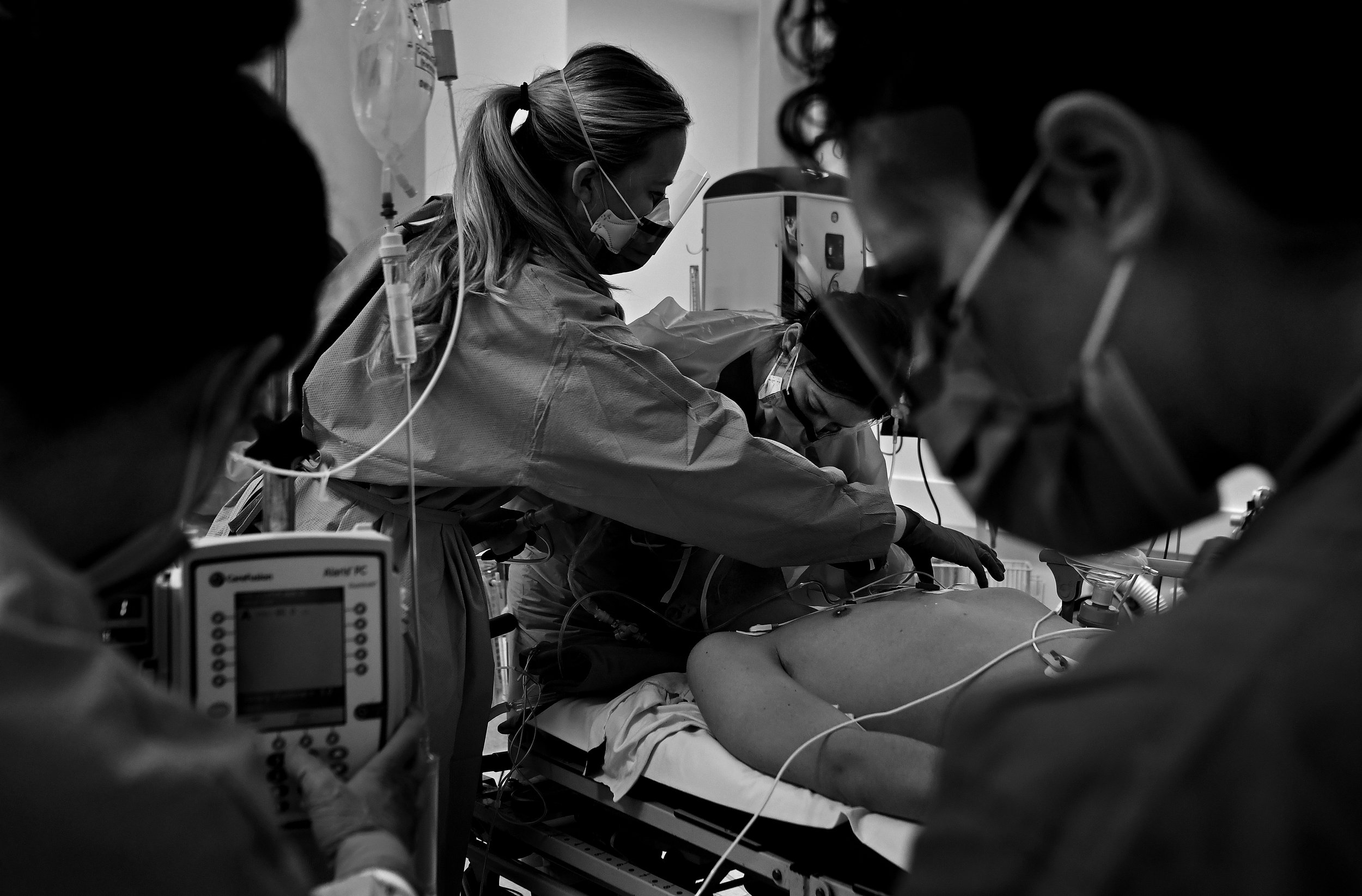
© Kate Geraghty
Recently you have been spending time on COVID wards, can you share some experiences of documenting the response by frontline workers to the coronavirus?
Like many of the Sydney Morning Herald photographers, I have documented frontline workers at COVID-19 clinics and testing sites. On these, we were granted full access to photographing the health workers and with permission from a patient, the process of a nasopharyngeal (nose) swab.
I was also granted unprecedented access to document St Vincent’s hospital in Sydney’s response to coronavirus COVID-19. I worked with the hospital in the planning of this project and we both agreed this was important to show the public who were in lockdowns, and how the hospital and its staff were combatting the virus and caring for patients. In full PPE, I documented inside the ED’s red zone. The red zone, an isolation area, is where patients who present with symptoms of coronavirus COVID-19 or positive COVID-19 patients are treated in negative pressure isolation rooms by staff in full PPE.
The other areas I documented was COVID-19 patients in the ICU, the ED’s green zone where patients who have no coronavirus COVID-19 symptoms, the SydPath labs where COVID-19 samples are tested, the virtual nursing unit that are monitoring positive COVID-19 patients in self-isolation at their homes, the emergency operations centre where daily COVID-19 briefings are held with all departments, and the daily pandemic training that involves all medical departments who treat COVID-19 patients.
And how have the COVID restrictions impacted you (workwise and personally)?
As essential workers, we have been working throughout the restrictions. It is especially important to document our society throughout this pandemic to inform the public of what is happening and telling the stories of people in this time. The way we photograph has changed, disinfecting camera equipment before and after a photo assignment/job, wearing different levels of PPE depending on what situation we are in. On occasion, we have encountered aggression from people but we understand that people are very stressed and concerned. Due to social distancing, it has been unusual in the sense that we cannot spend lengthy times with people which is what I like to do, to get to know people a little, and tell their story in an image.
This year Australia has seen bushfires, floods, Coronavirus and the Black Lives Matter / Indigenous deaths in custody movements – can you share your thoughts on the importance of photojournalists and journalists in these times to cover such important events?
For me it’s simple. There has never been a time when photojournalists and journalist coverage of news and society hasn’t been important. Our role is to document what is happening for the public so all events throughout history are of equal importance.
I think journalism has always been under immense pressure but we always adapt while keeping the very core of what we do. I am concerned that with the closure of newspapers and redundancies is that we are losing a rich media landscape. Not only to give the public options but to hold the industry accountable. I think it is important to have opportunities for young photojournalists and reporters to work in the industry, it’s vital for our democracy.
We are all concerned about the future of journalism but as an industry, we always survive. It is crucial that photojournalism and journalism courses continue to be affordable to students. We need investment in job opportunities for young photographers and reporters.
